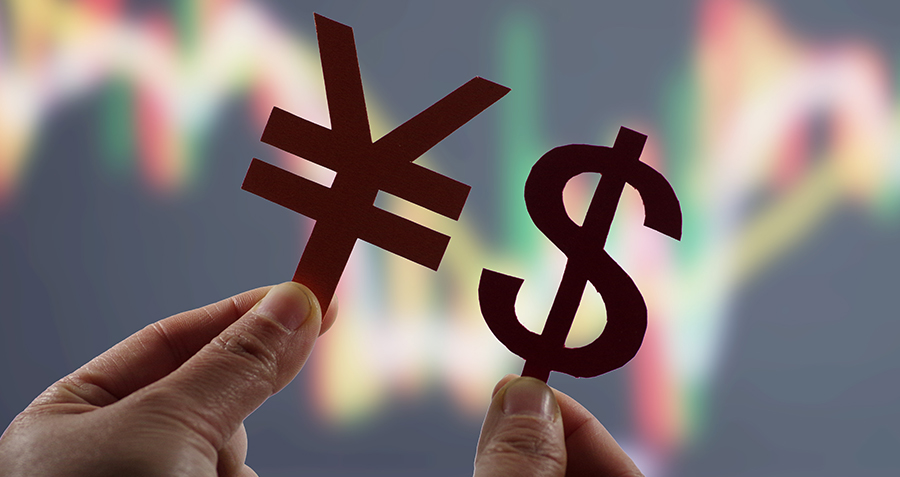Professor Liu Jing – Professor of Accounting and Finance, Director of Investment Research Center, CKGSB
What are the structural problems embedded in China’s property sector? Firstly, it is important to look at the supply and demand of land. Approximately 54% of the cost of a new homes come from the land and associated fees.
Whether or not a second-hand property increases in value is completely dependent upon the price of the land it sits upon. The building itself is a consumable and will only depreciate over time, therefore high property prices are essentially a result of high land prices.
The reason land prices have become so high is due to an unbalance between supply and demand. If this unbalance were permanent, it would not be a problem. For example houses in first-tier cities in China are always more expensive than second-tier cities; but if this unbalance is unsustainable, it will create a housing bubble.
Many believe that land area per capita and space for residential land in China must be limited due to China’s large population and regulations that stipulate total arable land must exceed 120 million hectares.
However, China’s population density is far less in comparison to countries such as Japan, South Korea, Singapore, and Germany. If China still has a lot of residential land per capita available, where has all the land gone?
The problem lies in the distribution of land allocated for housing and industrial purposes. In a survey conducted between 2008 and 2021 across 100 mid- to large- cities in China, industrial land accounted consistently for about 50% of land, while land designated for residential purposes was only 37%.
Although China’s income per capita rose over this period, the price of industrial land fell. In 100 cities the average price fell from RMB 305.5 per square meter down to RMB 281.7 per square over the 13 years (decreasing by -0.6), while residential land has risen from RMB 884.4 per square meter to RMB 4835.9 (increasing by 14%).
By comparing China with Japan, it is easier to understand why China’s land policy is unique. According to Japan’s Ministry of Land, Infrastructure, Transport and Tourism, commercial property allocated for residential use from 1997 to 2021 was 60%, whereas land used to build factories and warehouses was only 12%. Also the price differential between residential and industrial land between 1975 and 2021 has remained stable at 50%.
In China, industrial land is just 5% of the price of residential land. Therefore, China has two bubbles in its real estate market: one is high housing prices, the other is extremely underpriced industrial land.
To read the next article in the series, head to the article below: 4. “Land Finance and Local Government Revenue Structures”.





















